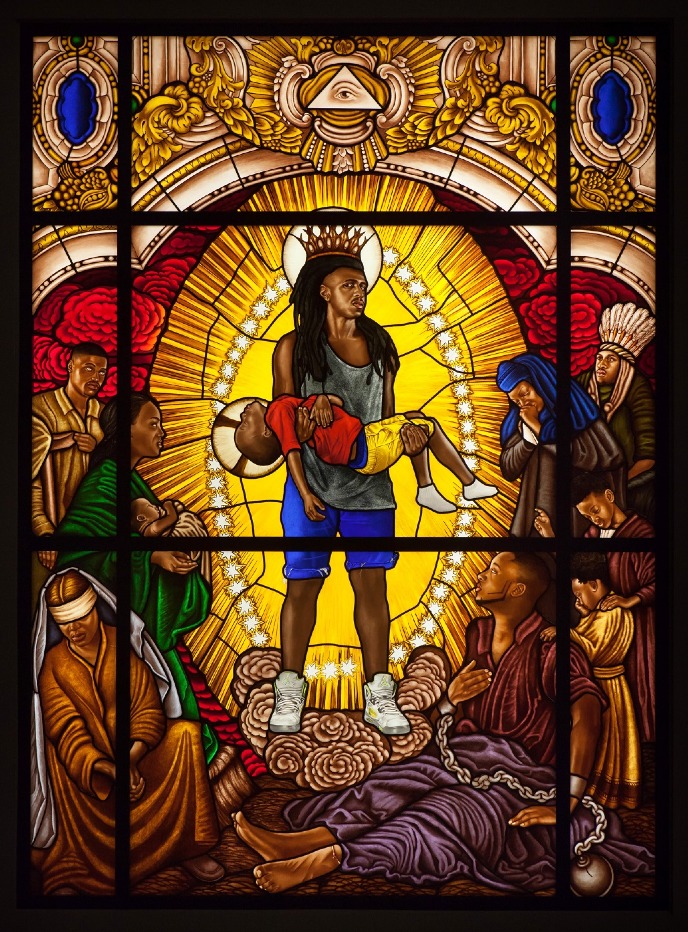The Sacred Image
ECTS: 7.5
What makes a work of art "religious"? How does religious art "work"?
This module introduces students to the study of visual art in religious history and practice through the lens of iconography, function, and use. Students will learn to identify and analyse both the religious subjects of images, and the differing and at times competing intended functions of a wide range of religious visual art across religions and time periods. Examples are primarily drawn from the Ancient Near East and late-antique and medieval Western Christianity, but specialist lectures will be offered in aspects of Islamic visual cultures, and art from Meso-American both before and after Spanish Colonization.
After an introduction to theoretical and methodological issues at stake in the analysis of the subject matter, the module is organized around the themes of: the possibility of visualizing the divine, aniconism and iconoclasm; cultic use of images in different cultural contexts; devotional use of images; images and the interpretation of sacred scriptures; religious images and political power; and musealization of sacred art.
While not intended to provide a comprehensive history of religious art, nor to introduce all contemporary approaches to religion and art, these units enable the student to identify shared and contrasting religious uses of visual art in a transdisciplinary manner, and to apply these approaches specific works.
Students are given the opportunity to work on works of their own choosing and collaborate with peers in the construction of a thematic online exhibition.

| Laatst gewijzigd: | 14 juni 2023 14:55 |
